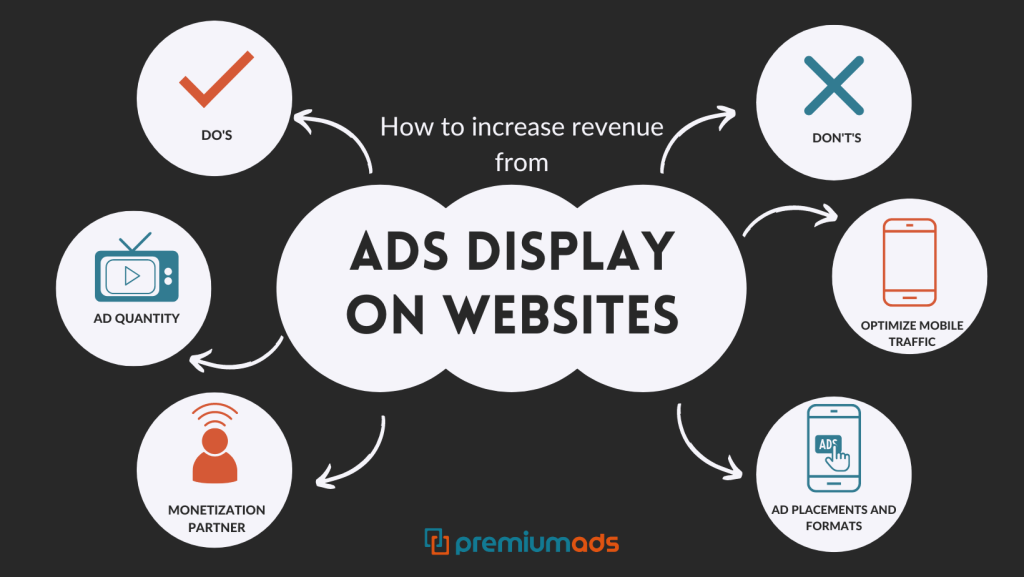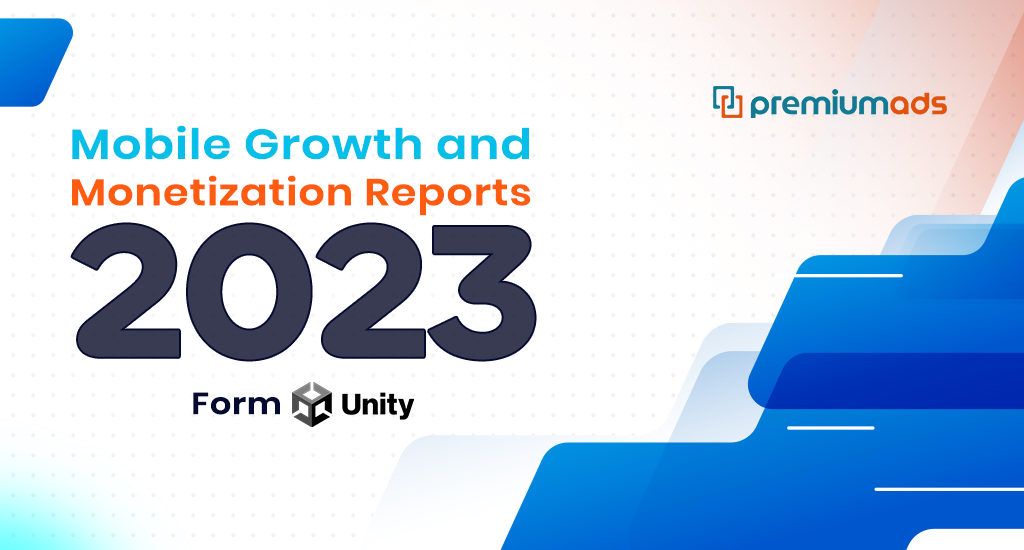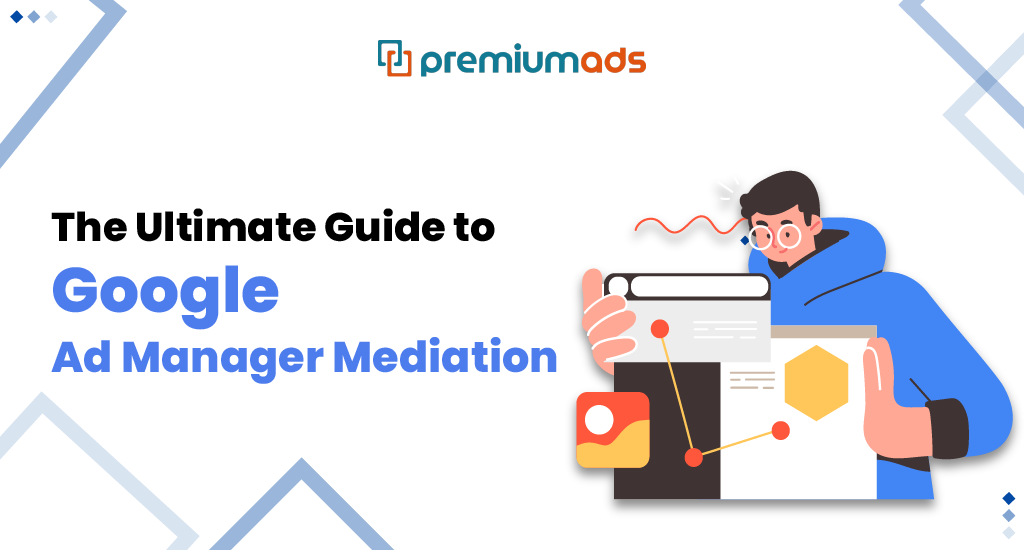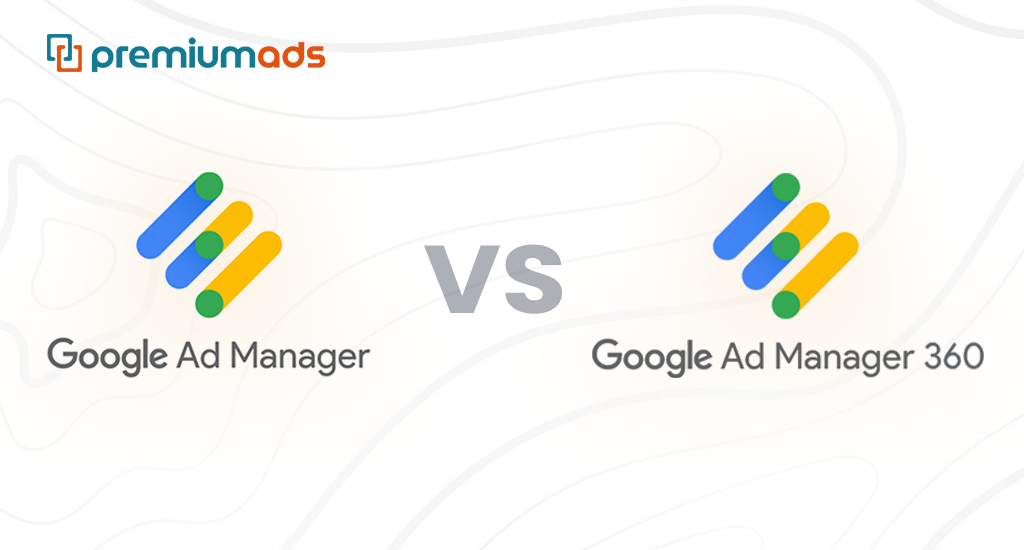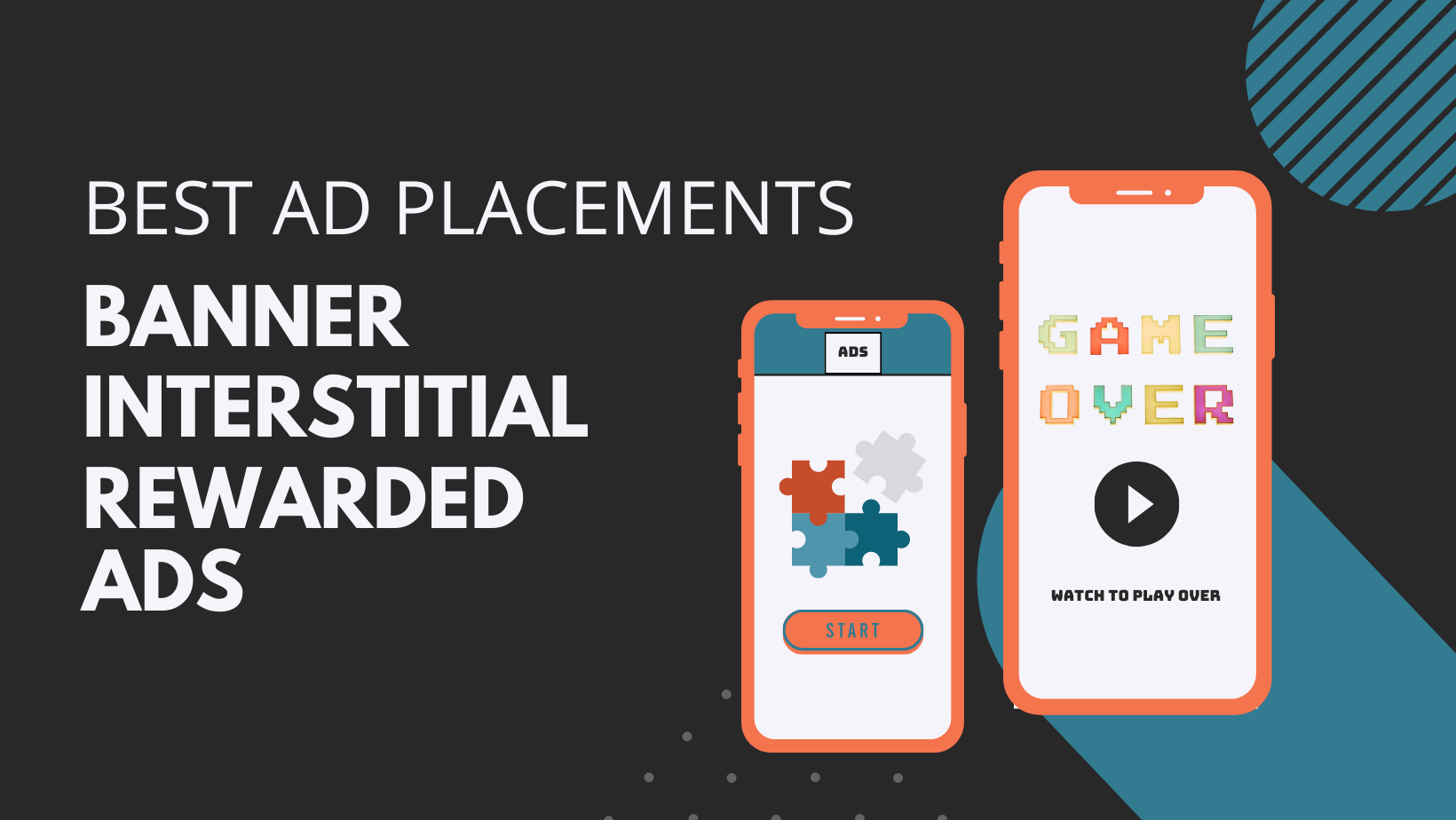Like mobile apps and games, monetization is the primary destination for Publishers. Make their websites work for them, and bring dinner to the table. There are many ways ones can use to monetize their websites, namely affiliate marketing, subscriptions, e-selling, and sponsored content… So if your website has been creating thousands of thousands, millions of traffic per day and you’re proud of your quality content, selling your ad spaces is the one you should go for, particularly programmatic ads.
Why choose programmatic ads for your website monetization?
By displaying ads with programmatic ads, you’re selling your already available ad spaces. Why leave the blank spaces to go to waste and not utilize them and get paid when someone views or clicks on ads?
Setting up your website ready for programmatic ads is quite simple. You should first start off by finding a monetization partner that provides ad tech and ad ops, which will ease the process. To maximize the revenue gained from advertising, there are certain tips and tricks you would want to follow.
Do’s and Don’t’s when monetizing your website:
✔ Do’s
- Make sure that your website is set up for programmatic advertising. It should have the following features: HTTPS, SSL certificates, and a Secure Sockets Layer (SSL) certificate.
- Install Google Analytics and Google Tag Manager to measure the performance of your website and give advertisers deep insights into your website to place ads on there.
- Optimize your website for mobile traffic.
- Work with a monetization platform that offers real-time bidding and header bidding, monetization platforms like PremiumAds also comes with an experienced ad ops team that will also come in handy every time.
❌ Don’t’s
- Create content that violates Google’s policy.
- Implement too many ads that block the content.
- Purchase traffic from external sources.
- Use too many monetization partners at once.
That’s the overalls Do’s and Don’t’s when getting a website ready for monetization. After setup the basics, there are the bullet points every Web Publisher needs to take note of:
-
Choose your monetization partners wisely
Rarely is there a website that runs programmatic ads on its own. Website owners usually look for monetization platforms when their websites have reached certain criteria that fit for monetization. But with which standards are we looking for in a monetization partner?
- Can provide header bidding:
Header bidding is considered one of the most advanced technologies for programmatic ads. It can increase yields by 10% just by adding a demand source. With header bidding, especially server-side header bidding, website Publishers see no latency in page load and a much higher fill rate. Monetization partners can provide header bidding adapters and wrappers to initiate the tech and integrate many other demand sources for your website.
- Their advertisers’ profiles suit your targeted audience:
There’s no use in integrating a partner with demand sources out of your reach, that will bring you zero profit. Find a partner with global demand, or niche demand that fits with your GEO audience. Ads that are shown to the right audience will definitely make more money than ones that don’t.
- JS tag and server-to-server integrations are the go-tos:
These are lightweight and straightforward to integrate. They don’t cause website latency and are compatible with many platforms.
- Can provide a balance between eCPM and fill rate:
eCPM and Fill rate should be easily accessible and comparable with the average rates of the industry. Don’t just think about the eCPM solely; find a partner who can perfectly balance the fluctuations between eCPM and fill rate.
-
Optimize for mobile traffic.
These days, people tend to access the Internet with their mobile phones. Not only is eCPM higher for mobile devices than desktop, but fewer users also use ad blockers on their mobiles. These increase both ad revenue and ad viewability for Publishers. Hence, a desktop-only website is not a wise decision.
-
Test different ad placements and formats.
Depending on the industry and the target audience, different ad formats can bring different eCPM. Usually, more prominent ads come with higher CTR, although it can affect user experience.
Advertisements blended in with the colors of the website and text ads in a contrasting color theme with the website’s colors, especially when the ads are placed within the main content, can increase CTR.
However, some ad formats perform differently when on desktop vs. on mobile. Therefore, it is recommended that Publishers should conduct tests from time to time for timely adaption and higher revenue.
In addition, ad placements are a significant contributor to eCPM. Placing ads where users don’t usually scroll to makes no sense and causes poor ad viewability. Hence, Publishers should use a heatmap and evenly distribute spaces for ads to test out which brings the most money. It is ideal for placing ads on websites like so:
- Above the fold
- Integrating with the site’s content
- Near the call to action
-
Display a reasonable number of ads on each page.
No one likes a webpage that shows a lot of ads that they cannot see the content; it’s annoying. Flood users with too many ads can cause higher bounce rates, affecting the ad revenue of Publishers. It also lowers the website’s rank on Google, and Google may limit ad serving on your website.
The ideal quantity is affected by the ad size, format, and length (for video ads). So go crazy with testing to see how well each strategy suits your website, or leave it to the professionals with high experience in Ad ops like PremiumAds.
To conclude, programmatic advertising is an effective way to maximize your earnings. Using the proper tips and tricks, you can ensure that your website reaches its full potential in ad revenue. With the right approach, you can make the most of your online presence and ensure that your website can bring in good money.

